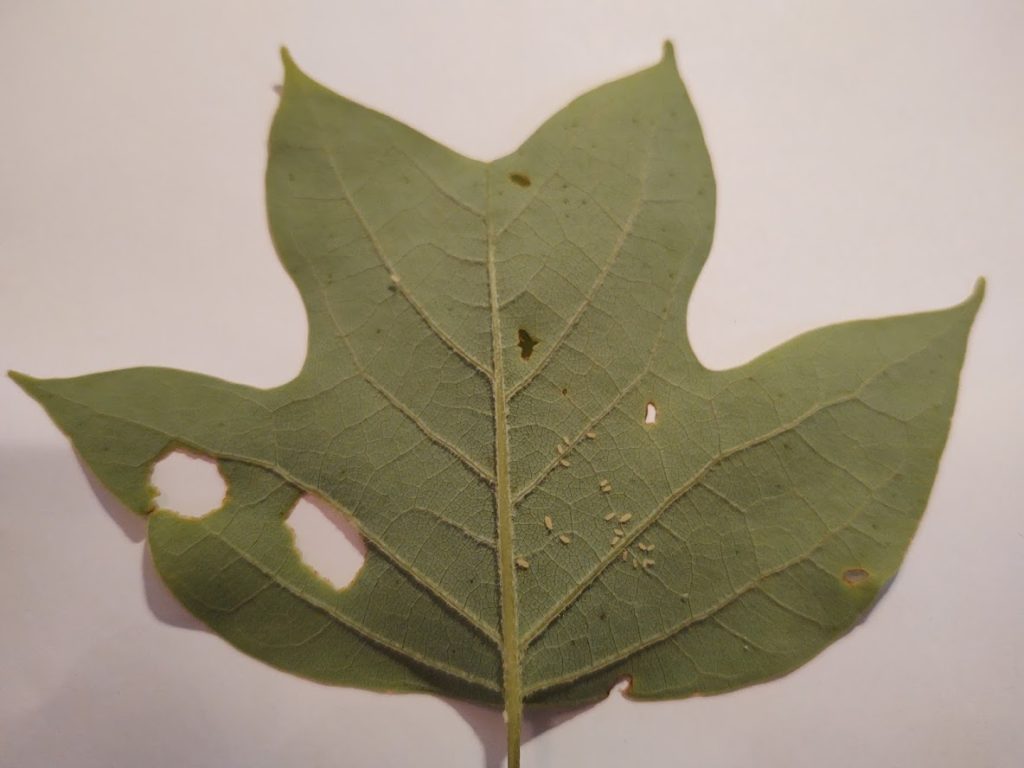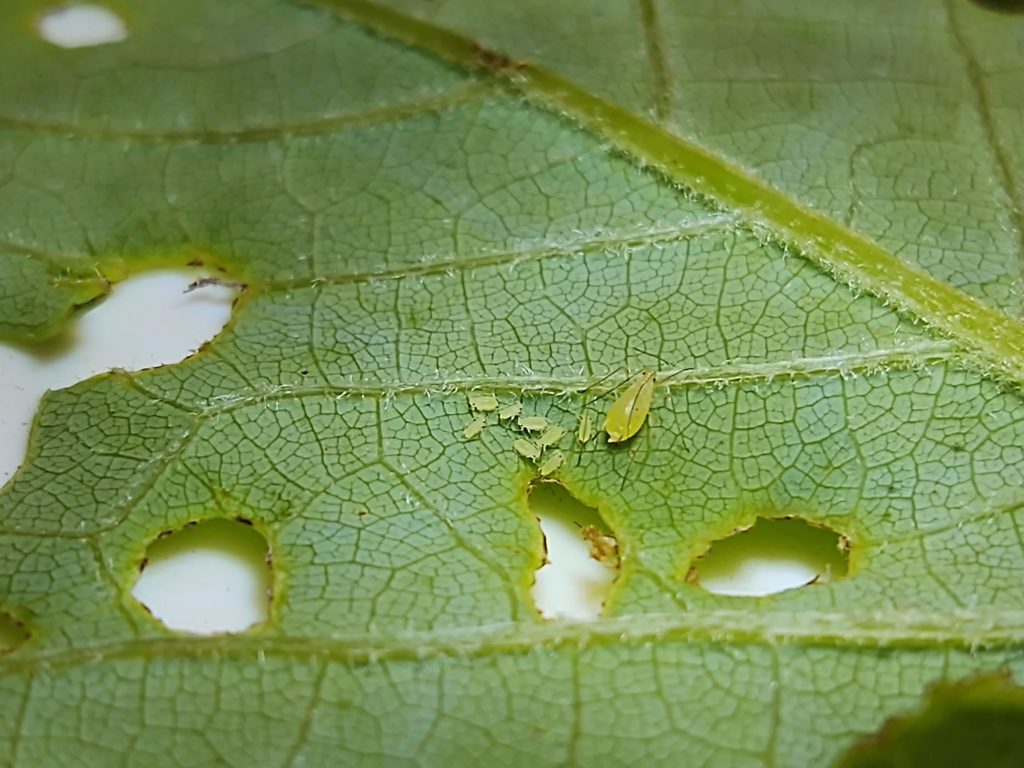Aphid Facts
go.ncsu.edu/readext?686463
en Español / em Português
El inglés es el idioma de control de esta página. En la medida en que haya algún conflicto entre la traducción al inglés y la traducción, el inglés prevalece.
Al hacer clic en el enlace de traducción se activa un servicio de traducción gratuito para convertir la página al español. Al igual que con cualquier traducción por Internet, la conversión no es sensible al contexto y puede que no traduzca el texto en su significado original. NC State Extension no garantiza la exactitud del texto traducido. Por favor, tenga en cuenta que algunas aplicaciones y/o servicios pueden no funcionar como se espera cuando se traducen.
Português
Inglês é o idioma de controle desta página. Na medida que haja algum conflito entre o texto original em Inglês e a tradução, o Inglês prevalece.
Ao clicar no link de tradução, um serviço gratuito de tradução será ativado para converter a página para o Português. Como em qualquer tradução pela internet, a conversão não é sensivel ao contexto e pode não ocorrer a tradução para o significado orginal. O serviço de Extensão da Carolina do Norte (NC State Extension) não garante a exatidão do texto traduzido. Por favor, observe que algumas funções ou serviços podem não funcionar como esperado após a tradução.
English
English is the controlling language of this page. To the extent there is any conflict between the English text and the translation, English controls.
Clicking on the translation link activates a free translation service to convert the page to Spanish. As with any Internet translation, the conversion is not context-sensitive and may not translate the text to its original meaning. NC State Extension does not guarantee the accuracy of the translated text. Please note that some applications and/or services may not function as expected when translated.
Collapse ▲Now that spring is finally warming up, gardeners need to be on the lookout for aphids – tiny, soft-bodied, plant-sucking insects. Aphids are some of the most common insects found on trees, shrubs, and garden ornamental plants. Aphids especially love the tender young plant growth so prevalent this time of year.
- Aphids feed by sucking sap from plants.
-
In most cases, they cause little or no damage to the health of plants.
-
Signs of severe aphid feeding are twisted and curled leaves, yellowed leaves, stunted or dead shoots, and poor plant growth.
-
Treating aphids for the health of plants is usually unnecessary.
-
Aphids can often be managed with only non-chemical options or low-risk pesticides.

Learn more from these Extension fact sheets: “Aphids on Ornamental Landscape Plants” from NC State Extension.
For more information, contact Bryan Hartman, Agriculture and Natural Resources agent at bkhartman@ncat.edu.





